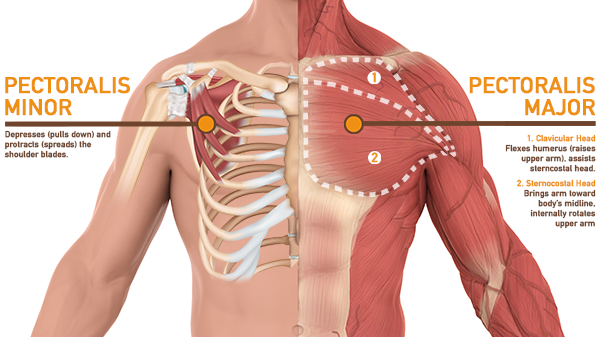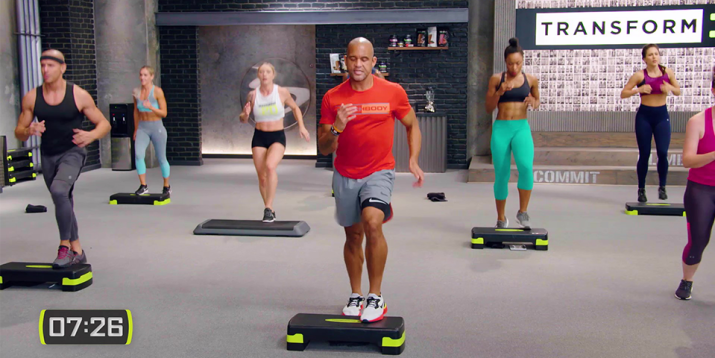As it turns out, crunches can be a great abdominal workout when done correctly. That’s because crunches are a motion known for their great core isolation (via Byrdie). As an abs-focused exercise, crunches primarily engage your rectus abdominis, which makes up the top layer of your abdominal muscles, alongside your obliques and transverse abdominis. To perform a crunch, lie on the floor with your back flat and your legs bent. Then, squeeze your abs until your shoulder blades lift off the ground.
During this motion, you can choose to keep your hands either behind your head or straight out in front of you. Keep repeating this movement over and over. After a few reps, you should be able to feel the burn in your core region. “The slight back and forth movement keeps the core contracted the whole time,” Ray Cook, a WeStrive App trainer and the owner of Body Revolution PNW, told Byrdie. “With no breaks, it can really tighten those core muscles and strengthen the abdominal muscles.”
Benefits of crunches
Because of this, crunches are associated with some important health and fitness benefits. For instance, when done correctly, crunches can help tone and define your upper abs, according to experts at Women’s Health. Crunches can isolate the muscles in your upper core region, especially when you do multiple reps. It’s also easier to do more of them than some other core exercises since crunches are low-impact and do not require much movement.
Crunches also have a fairly low risk of injury. Since crunches involve such a limited range of motion, the risk of injury is pretty small, as well, as long as your form is correct. By lifting your shoulders only slightly off the ground, you can strengthen your ab muscles without putting too much strain on your neck. Olivia Amato, a certified personal trainer, and Peloton instructor told Women’s Health that this makes it “easier to get the move down and perform without feeling muscle pain.”
Common mistakes that make crunches risky and ineffective
That being said, it’s not uncommon for people to still make mistakes when performing crunches. In fact, one of the most common mistakes people make is overextending and over-flexing the neck, according to LiveStrong. Tilting your chin up too high or too low can make crunches potentially risky and ineffective. That’s because this can cause joint or muscle strain in the neck and use momentum to lift your shoulders off the ground instead of your abs. Tucking your chin a little can help prevent this.
Another common mistake is lifting your lower back off the floor. Doing this repeatedly can cause muscle fatigue and lead to lower back pain. That’s why it’s important to make sure your back is completely flat against the floor when doing crunches. It’s also not uncommon to lower your torso too quickly. Crunches require control of your core, which can help lift and lower your head, back, and shoulders. However, lowering yourself too quickly can release this tension before you hit the floor, making your crunches much less effective. Overall, it should take at least two to three seconds for you to lower your torso back to the ground from a crunch position.










